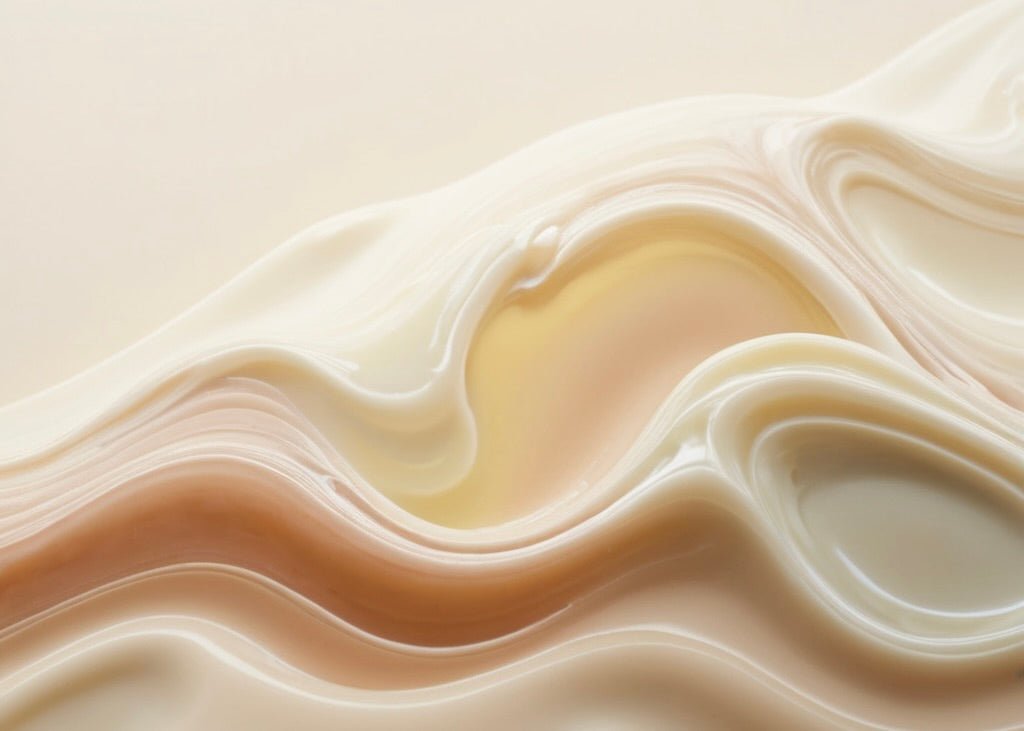
Can You Layer Multiple Serums? How Many at Once?
The world of skincare can be a complex and confusing one, with a multitude of products available, each promising to deliver remarkable results. One question that often arises is whether it's possible to layer multiple serums, and if so, how many at once? The answer to this question isn't as straightforward as you might think, as it depends on a variety of factors, including your skin type, the specific serums you're using, and your overall skincare routine. In this comprehensive guide, we'll delve into the topic in detail, providing you with all the information you need to make an informed decision about your skincare regimen.
The Basics of Serums
Serums are a type of skincare product that are designed to deliver high concentrations of active ingredients directly into the skin. They're typically lightweight and fast-absorbing, making them ideal for layering under other skincare products. Serums can address a variety of skin concerns, from aging and dryness to acne and hyperpigmentation.
One of the key benefits of serums is that they're highly customizable. You can choose a serum that's tailored to your specific skin concerns, and even layer multiple serums to address different issues at once. However, it's important to note that not all serums are created equal. Some contain synthetic ingredients that can be harsh on the skin, while others are made with natural and sustainable ingredients that are gentler and more beneficial for your skin health.
Benefits of Natural and Sustainable Ingredients
When it comes to skincare, natural and sustainable ingredients are a fantastic choice for a number of reasons. For one, they're typically gentler on the skin, making them a great option for those with sensitive skin. Additionally, they're often rich in antioxidants, which can help to protect your skin from environmental damage.
Furthermore, choosing products with sustainable ingredients is a great way to support the environment. Many skincare companies are now making a conscious effort to source their ingredients in a way that's environmentally friendly and sustainable, which is a trend we can all get behind.
Layering Serums: The Do's and Don'ts
Now that we've covered the basics of what serums are and why they're beneficial, let's delve into the topic of layering serums. While it's certainly possible to layer multiple serums, there are a few key do's and don'ts you should keep in mind to ensure you're doing it correctly and effectively.
Firstly, it's important to remember that more isn't always better when it comes to skincare. Using too many serums at once can overwhelm your skin and lead to irritation. As a general rule, it's best to stick to no more than three serums at a time.
Do: Apply Serums in the Correct Order
The order in which you apply your skincare products can have a significant impact on their effectiveness. As a general rule, you should apply your serums in order of their consistency, starting with the thinnest and ending with the thickest. This allows each product to penetrate the skin properly and deliver its benefits.
Here's a simple step-by-step guide to help you layer your serums correctly:
- Cleanse your skin to remove any dirt, oil, and makeup.
- Apply your thinnest serum. This might be a hydrating serum with a watery consistency.
- Next, apply your medium-consistency serum. This could be an antioxidant serum, for example.
- Finally, apply your thickest serum, such as a moisturizing serum.
- Allow each serum to absorb fully before applying the next one.
Don't: Mix Incompatible Ingredients
While layering serums can be beneficial, it's important to be aware that not all skincare ingredients play well together. Some ingredients can interact negatively with each other, reducing their effectiveness or even causing irritation. For example, retinol and vitamin C are both powerful skincare ingredients, but they can be irritating when used together.
Before layering multiple serums, it's a good idea to do some research or consult with a skincare professional to ensure the ingredients in your serums are compatible.
Choosing the Right Serums for Your Skin
When it comes to choosing serums, it's important to consider your individual skin type and concerns. What works for one person might not work for another, so it's crucial to choose products that are tailored to your specific needs.
Here are a few tips to help you choose the right serums:
- If you have dry skin, look for serums that contain hydrating ingredients like hyaluronic acid and glycerin.
- If you're concerned about aging, consider serums with anti-aging ingredients like retinol or peptides.
- For acne-prone skin, serums with salicylic acid or niacinamide can be beneficial.
- If you have sensitive skin, opt for serums with soothing ingredients like aloe vera or chamomile.
Remember, the key to a successful skincare routine is consistency. It can take time to see results, so be patient and stick with your regimen. And of course, always listen to your skin. If a product causes irritation or breakouts, it's best to discontinue use and try something else.
Conclusion
Layering multiple serums can be a great way to address multiple skin concerns at once. However, it's important to do so correctly to avoid overwhelming your skin. Remember to apply your serums in the correct order, avoid mixing incompatible ingredients, and choose serums that are suited to your individual skin type and concerns.
And of course, whenever possible, opt for serums that contain natural and sustainable ingredients. Not only are these ingredients gentler on your skin, but they're also better for the environment. Happy layering!














